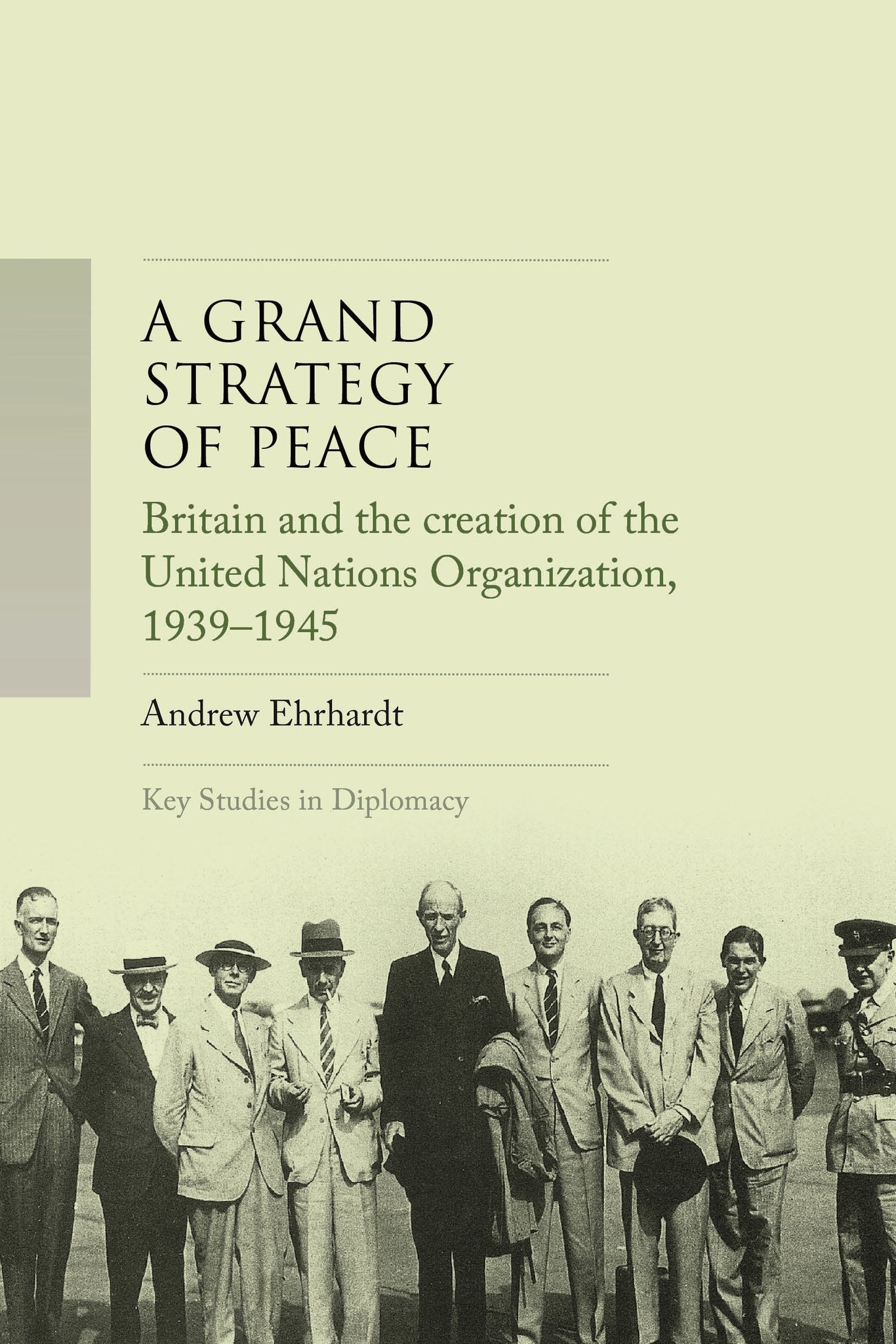We're sorry. An error has occurred
Please cancel or retry.
A grand strategy of peace

Some error occured while loading the Quick View. Please close the Quick View and try reloading the page.
Couldn't load pickup availability
- Format:
-
02 September 2025


POLITICAL SCIENCE / International Relations / Diplomacy, International relations, HISTORY / Europe / Great Britain / 20th Century, POLITICAL SCIENCE / Peace, History, Diplomacy, Second World War

'A fascinating account of how British officials worked during the Second World War on the design of a new world organisation that would somehow preserve British influence, which might otherwise be expected to decline, while promoting collective security.' Sir Lawrence Freedman, Emeritus Professor of War Studies, King's College London
'A grand strategy of peace fills in what has been up to now an underappreciated part of the complex story of how the United Nations came to be. Drawing on extensive research and with a keen eye for both the big picture and the telling detail, Andrew Ehrhardt shows the key role played by British thinking, planning and diplomacy during and just after the Second World War. His book is a major contribution to scholarship as well as a timely reminder of the great issues and challenges which still face the nations of the world today.' Margaret MacMillan, Emeritus Professor of History at the University of Toronto and an Emeritus Professor of International History at Oxford University
Introduction
1 The search for British war aims, September 1939 – December 1940
2 The Foundations of an Anglo-American Order, 1941
3 A Concert of the World, 1942
4 The United Nations Plan, January–July 1943
5 The Balancing Act of a Great Power Peace, August – December 1943
6. Making the Machine: Planning for the Dumbarton Oaks Conference, January – July 1944
7 Delivering on the plans: Dumbarton Oaks, the Veto Question, and a Western Security Group, August 1944 - January 1945
8 The Final Push: Yalta and San Francisco Conferences, February – June 1945
Conclusion



